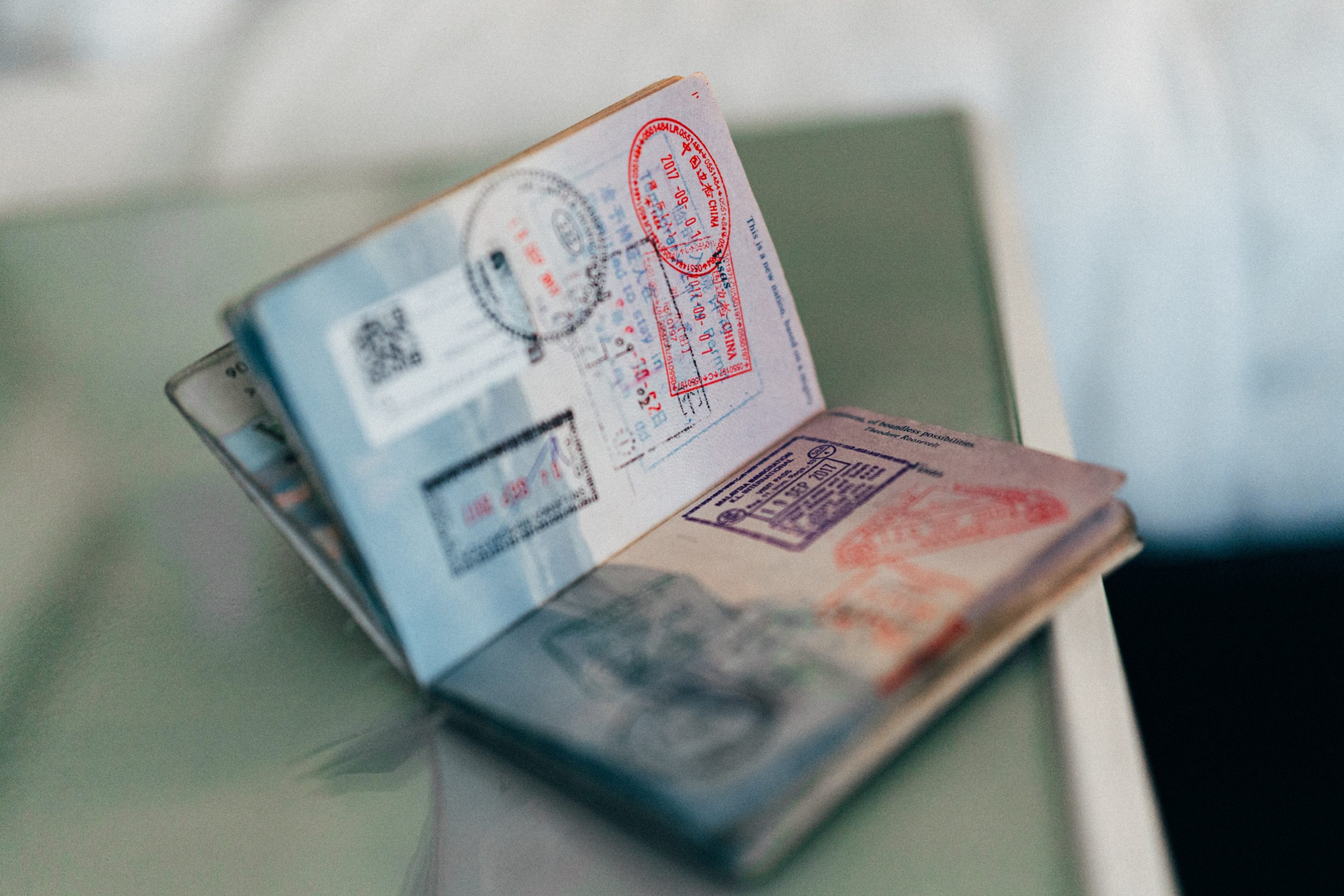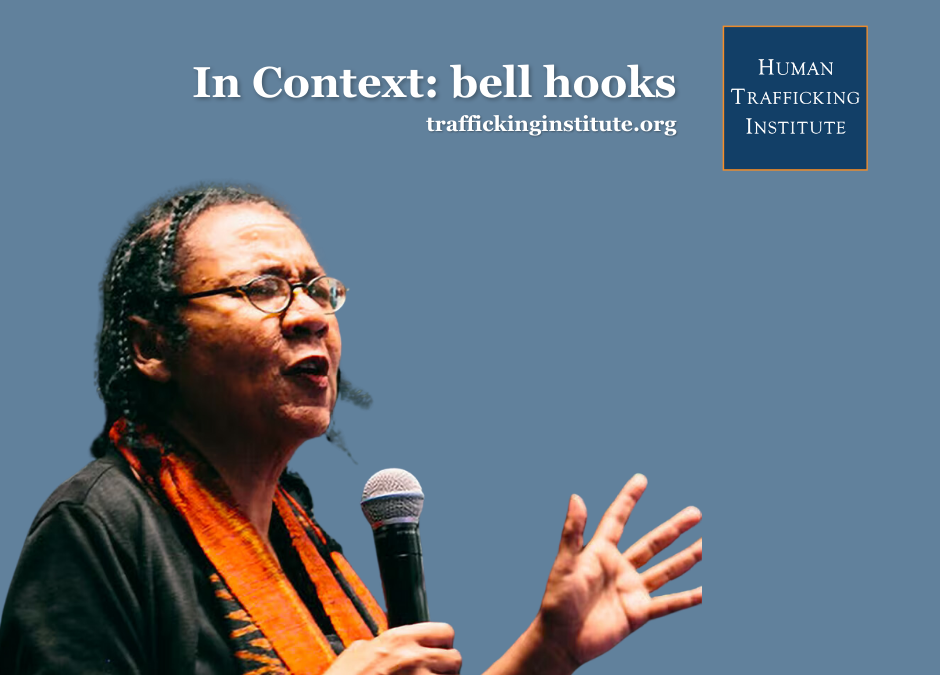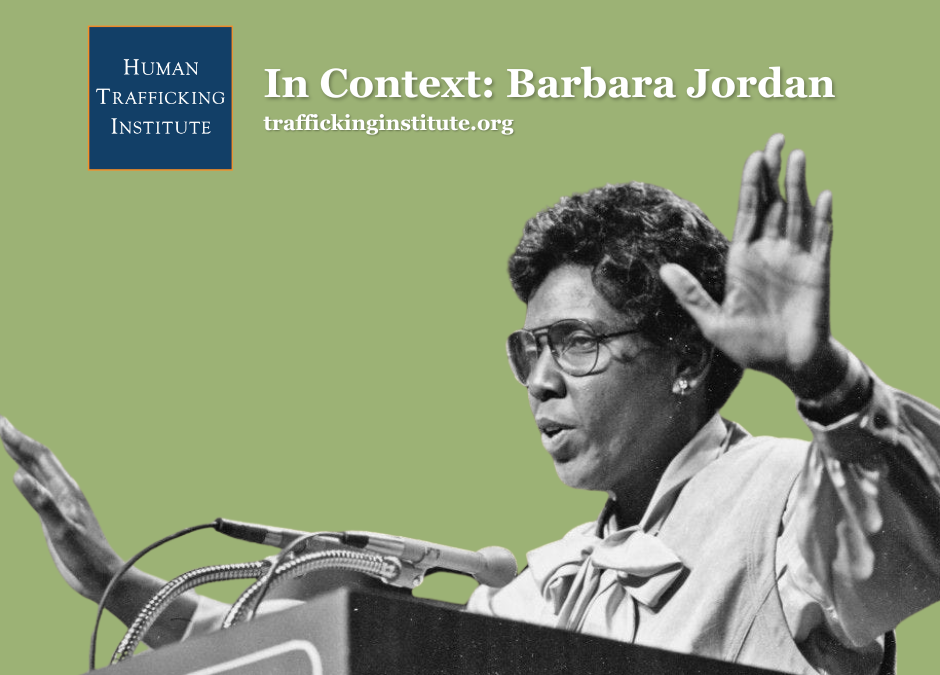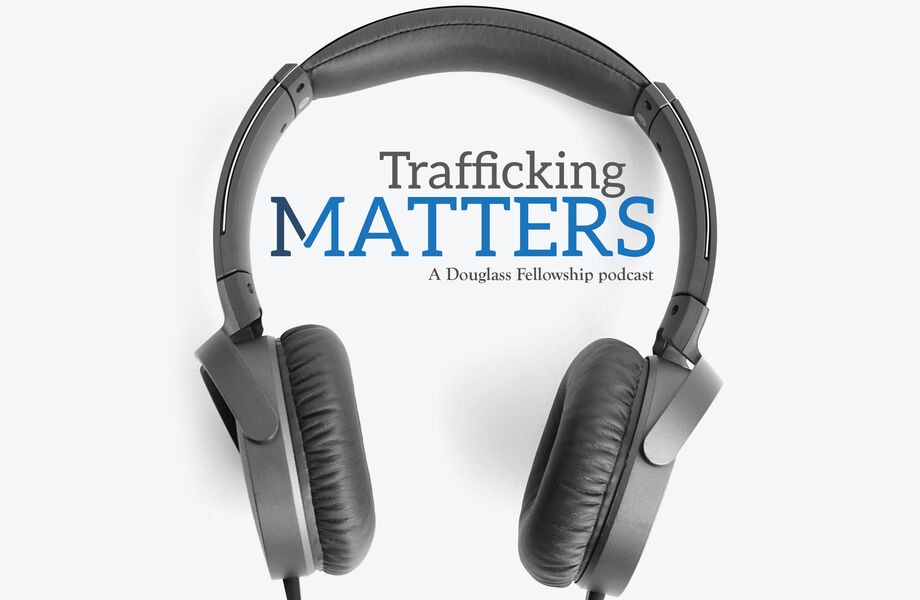By: ALYSSA CURRIER
An estimated 218,000 people in the United States are potentially stateless or at risk of becoming stateless, says a new report by the Center for Migration Studies (CMS). Statelessness, like so many social ills, intersects the problem of trafficking in persons, but what exactly is it, and why should anti-trafficking advocates pay statelessness more attention?
About Statelessness
A stateless person is anyone “not considered as a national by any State under the operation of its law.”1 The consequences of statelessness can be dire, negatively impacting, inter alia, individuals’ security, freedom, employment, and mental health.2
Statelessness affects well over 3.9 million people globally, according to the United Nations Refugee Agency.3 How is it that a population at least the size of Los Angeles—including hundreds of thousands in the United States—does not exist according to the citizenship records of all 195 countries? Here are some of the primary ways it happens:
- Shifting international borders: One cause of statelessness is the dissolution, creation, and expansion of states. For example, when the Soviet Union dissolved, so did Soviet citizenship, rendering many people stateless if they failed to register or meet the requirements for citizenship in the successor countries.4 In other instances, people groups that pre-date the official statehood of the country in which they live have a separate national or community identity the international order does not universally recognize as a sovereign state (g., Palestinians and historically nomadic groups such as the Sahrawis).
- Discriminatory citizenship laws: Statelessness also happens because of discriminatory laws that deny citizenship based on religion, ethnicity, or other characteristics (g., the Rohingya in Myanmar and the Kurds in Syria), or strip women and their children of citizenship through divorce.5 Other laws do not technically deny citizenship, but cause statelessness in effect. For example, 25 countries prohibit women from conferring nationality on their children, making children of foreign fathers stateless.6
- Unregistered births: Even a child who successfully inherits citizenship may nonetheless become stateless if born abroad to parents who cannot return to their country of origin to register the birth, especially if the birth country does not grant jus soli or “birthright citizenship” (g., many Syrian refugees reside in countries that do not grant birthright citizenship).7 Those born in countries that grant unconditional birthright citizenship are still at risk of statelessness if they do not have a birth certificate or other proof of where they were born. Today, some 166 million children have no official record of their birth8 due to numerous obstacles.9
Since the United States grants birthright citizenship, much of the U.S. statelessness population is migrants who were stateless before arriving for at least one of the above-listed reasons and have not or cannot naturalize due to any number of factors.
How Statelessness Intersects the Problem of Trafficking
Statelessness intersects trafficking in a few ways. For one, trafficking can lead to statelessness. Of course, being a trafficking victim does not automatically make someone stateless.10 Indeed, victims maintain their citizenship, regardless of where traffickers take them; however, traffickers can make their victims effectively stateless by confiscating their identity documents.11 This common method of coercion12 can leave foreign national victims incapable of proving their citizenship and, therefore, unable to return to their country of origin.13 Such scenarios are most likely in countries with governments that are unwilling or unable to facilitate repatriation.14
Conversely, statelessness can put individuals at risk of falling prey to traffickers. In many countries, including the United States, the exposure of stateless persons goes beyond typical vulnerabilities associated with irregular migration (e.g., fear of deportation, language barriers, trauma, isolation, indigence). The difference is, unlike most irregular migrants, who have either a country of origin to which they can return, or a protection claim like asylum,15 stateless persons have neither.16 Without a country of origin, stateless persons are often difficult to deport, so traffickers’ threats of deportation are actually threats of extended periods in immigration detention.17 Moreover, without a protection claim, stateless persons often lack a mechanism by which to regularize their status even temporarily, let alone adjust to lawful permanent residence or to naturalize. Whereas for most irregular migrants, threats of deportation or detention are only coercive to the extent victims are unaware of, or unable or unwilling to access government protections—in the case of stateless persons, no such protections even exist.
Without some form of regular status, stateless persons cannot apply for employment authorization and may struggle to find jobs. It is, therefore, unsurprising that stateless persons in the United States tend to work as, inter alia, housekeepers, construction workers, and cooks18—industries that produce some of the highest rates of federal forced labor prosecutions and civil suits.19

Why the Anti-trafficking Space should Consider Taking on Statelessness
Because of the overlap between stateless persons and trafficking victims, anti-trafficking advocates should be cognizant of and support reforms to prevent, address, and end statelessness. This is true, however, of a smorgasbord of maladies trafficking facilitates or vice versa: take indigence, domestic violence, and addiction, to name a few. There are, however, limits to what causes the anti-trafficking space is well-positioned to champion.
Addressing statelessness, while not more or less deserving than other related causes, is perhaps worth an investment from anti-trafficking advocates for the simple fact that a little lift could go a long way. Indeed, a single provision added to the Trafficking Victims Protection Act, which Congress reauthorizes every few years (i.e. the TVPRA), would instantly make all stateless persons less vulnerable to traffickers by closing the protection gap in the law. For years, migrant rights advocates have urged Congress to create a regular status for stateless persons by tacking the provision onto immigration bills that never pass.20 Statelessness, however, is not as politically charged as other immigration issues; it simply lacks attention and momentum. Accordingly, the legislative solution to statelessness may be more viable if included in a related, bipartisan bill that already has significant support—namely, the TVPRA.
Congress passed the most recent TVPRA in 2019, so now is planning season for the next reauthorization in 2021. This legislative cycle, anti-trafficking advocates should explore tackling statelessness through the TVPRA, because succeeding would mean one less coercive tool for traffickers.
- 1 UN General Assembly, Convention Relating to the Status of Stateless Persons, 28 September 1954, United Nations, Treaty Series, vol. 360, p. 117, available at https://www.unhcr.org/ibelong/wp-content/uploads/1954-Convention-relating-to-the-Status-of-Stateless-Persons_ENG.pdf.
- 2 Don Kerwin et al., United States: A Study to Estimate and Profile the US Stateless Population, CMS, p. 68-73 (2020), available at https://cmsny.org/wp-content/uploads/2020/01/StatelessnessReportFinal.pdf.
- 3 Global Trends 2018, UNHCR, p. 51, available at https://www.unhcr.org/en-us/statistics/unhcrstats/5d08d7ee7/unhcr-global-trends-2018.html. The UN Refugee Agency (UNHCR) is the international body with the mandate to protect stateless persons.
- 4 See e.g., Robbie Gramer, The Curious Case of the Soviet Citizen Trapped in 2017, Foreign Policy (2017), https://foreignpolicy.com/2017/02/28/the-curious-case-of-the-soviet-citizen-trapped-in-2017-soviet-union-russia-ex-convict-released-passport-europe-eurasia/.
- 5 See Kerwin, supra note ii at 10.
- 6 Id.
- 7 See id. at 19.
- 8 Failure to Register Newborns Leaves Millions ‘Invisible’ Warns UN Children’s Fund, UN News (2019), https://news.un.org/en/story/2019/12/1053211#_ga=2.116311310.96241125.1580395441-21821674.1560544571.
- 9 These include complex and lengthy procedures, fees, lack of awareness of or physical access to registration procedures, lack of required documentation, and language barriers. See Ensuring Birth Registration for the Prevention of Statelessness, UNHCR, p. 5 (2017), available at https://www.unhcr.org/ke/wp-content/uploads/sites/2/2017/11/Good-Practices-Paper-on-Ensuring-Birth-Registration-for-the-Prevention-of-Statelessness.pdf.
- 10 See Guidelines on International Protection: The application of Article 1A(2) of the 1951 Convention and/or 1967 Protocol relating to the Status of Refugees to victims of trafficking and persons at risk of being trafficked, p. 15 (2006) [hereinafter “Guidelines on International Protection”], available at https://www.unhcr.org/en-us/publications/legal/443b626b2/guidelines-international-protection-7-application-article-1a2-1951-convention.html.
- 11 Id.
- 12 See Alyssa Currier & Kyleigh Feehs, the 2018 Federal Human Trafficking Report,p. 10, 51 (2019), available at https://www.traffickingmatters.com/wp-content/uploads/2019/04/2018-Federal-Human-Trafficking-Report-High-Res.pdf.
- 13 See Guidelines on International Protection, supra note xi.
- 14 See Ex. Com. Conclusion No. 90 (LII), 2001, ¶¶ (l)-(m), available at https://www.unhcr.org/en-us/excom/exconc/453497302/conclusion-identification-prevention-reduction-statelessness-protection.html.
- 15 In the United States, other examples of immigration protection include Temporary Protected Status, Deferred Action, T or U nonimmigrant status, and humanitarian parole, among others. More information available at https://www.uscis.gov/humanitarian.
- 16 Unless they happen to have an unrelated protection claim or basis for adjusting their status.
- 17 See Citizens of Nowhere: Solutions for Statelessness in the U.S., UNHCR and Open Society Justice Initiative, p. 20 (2012), available at https://www.unhcr.org/en-us/about-us/background/56fbfcea4/citizens-of-nowhere-solutions-for-the-stateless-in-the-us.html.
- 18 See Kerwin, supra note iv at p. 58.
- 19 See Alyssa Currier and Kyleigh Feehs, 2018 Federal Human Trafficking Report, Human Trafficking Institute, p. 10 (2019), available at https://www.traffickingmatters.com/wp-content/uploads/2019/04/2018-Federal-Human-Trafficking-Report-High-Res.pdf.
- 20 For example, the Senate passed the Security, Economic Opportunity, and Immigration Modernization Act (S. 744) in 2013 but the House has not passed corresponding legislation. Subsection 3405 of Section 744 of the bill includes a provision to regularize the status of stateless persons that could be used as model for inclusion in the next TVPRA. See https://www.congress.gov/bill/113th-congress/senate-bill/744.




